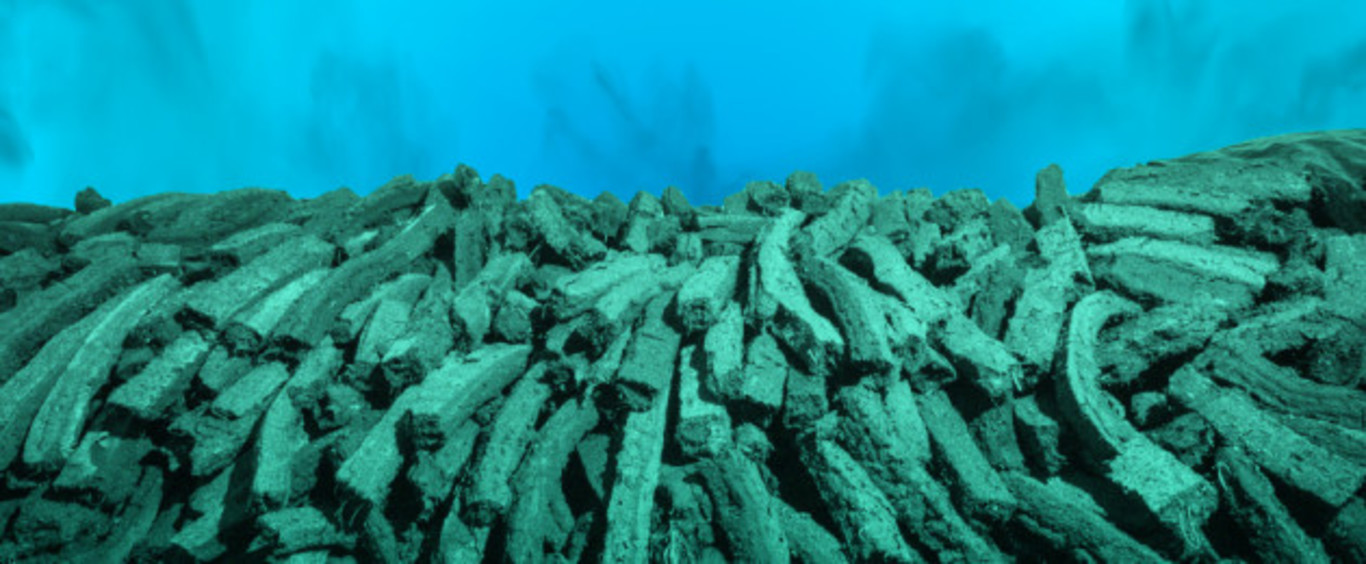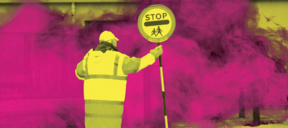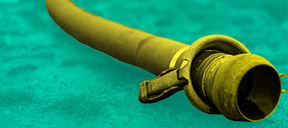Peat’s Sake: Leading company under EPA spotlight for potential unlicensed extraction
Noteworthy investigation reveals Klasmann-Deilmann Ireland is one of a dozen large-scale peat extractors currently being investigated by the environmental watchdog.
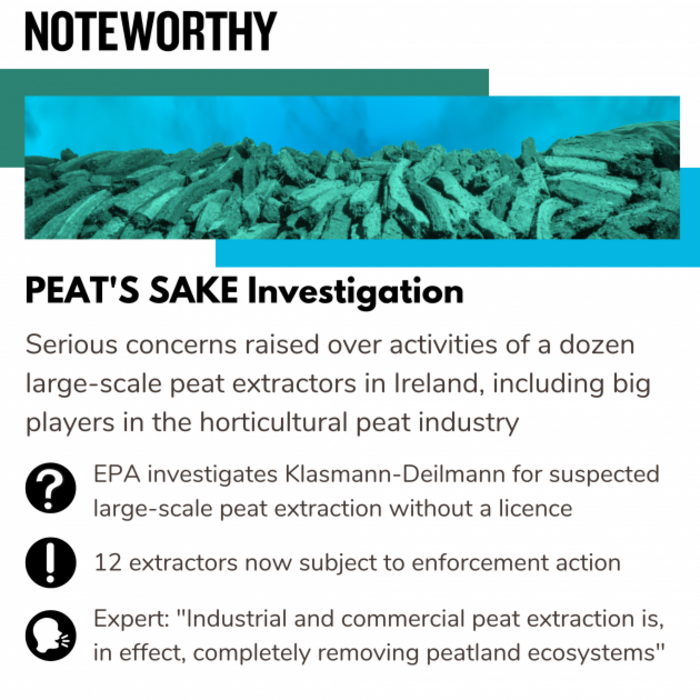
—
“WE’RE BRINGING COALS to Newcastle.”
This is how Kevin Mahon, the managing director of the Irish branch of horticultural peat giant Klasmann-Deilmann, described the importation of around 4,000 tonnes of peat last September from Latvia to the company’s processing plant in Rathowen in Westmeath.
Speaking to local media, Mahon said that the peat was being stockpiled on the edge of a bog that Klasmann – the self-styled “leading corporate group in the international substrate industry” – had harvested right up to 2019 when the High Court stepped into the fray following a challenge to new State regulations to operate in the peat industry.
The September 2019 ruling made it clear that companies engaged in large-scale extraction above 50 hectares needed both planning permission and EPA licensing, as well as thorough environmental assessment as required under EU law.
Nearly all major companies in the sector, including Klasmann-Deilmann Ireland, have neither planning permission or licences for peat extraction – throwing the industry into disarray and impacting supply to the Irish horticultural industry.
Following the ruling, any large-scale peat company that wishes to operate within legal parameters must go through a multi-stage process to gain retrospective planning permission from An Bord Pleanála, followed by new planning permission to a local authority and then licensing from the Environmental Protection Agency (EPA).
Klasmann-Deilmann made an application for leave to apply for retrospective planning permission on its bogs in Longford and Westmeath in the summer of 2020. It was granted leave to apply in one application in mid-May 2022 and is still awaiting a decision in the other application expected this summer, more than two years since it applied.
The potential multi-year wait for regulatory approval would be “effectively a death sentence” for the industry, Mahon told the Longford Leader last October as the company’s importation of peat from Latvia garnered widespread media attention.
Reporting of the shipment led to a wave of calls from national politicians for emergency legislation to be brought in to allow the industry to recommence harvesting, calls that have continued to pepper the conversation in Leinster House well into 2022.
One important factor that failed to surface in debate is the fact that the EPA is investigating the activities of a dozen peat extractors for operating without a licence on lands where the agency suspects that large-scale extraction is taking place.
In the final article in our PEAT’S SAKE series, we can reveal that Klasmann-Deilmann Ireland has been under the agency’s watch since August 2020, including that:
- Despite warning Klasmann in October 2020 it was in breach of the EPA Act, the EPA became concerned that it had escalated the intensity of its extraction by the summer of 2021
- In June 2021, the EPA warned the company it was of the view that Klasmann was committing a serious and ongoing breach of EU environmental law
- Klasmann-Deilmann Ireland signed a ‘Terms of Undertaking’ with the EPA in July 2021 to cease activity on the investigated peatlands
- Yet, the EPA recently become concerned there may be activity on one of the bogs. It is investigating this matter but “cannot comment further” at this time
- The watchdog is examining 11 other operators and carried out 32 inspections in 2022 where it suspects large-scale licensable activities may be taking place
Noteworthy sent a list of detailed questions to Klasmann-Deilmann and its Irish subsidiary Klasmann-Deilmann Ireland, however, they did not answer any of the questions raised.
We previously contacted Klasmann-Deilmann in February about the EPA’s findings up to that point. In a statement on 15 February, it said our queries relate to “sensitive corporate data and details” and that it was “not in the position to respond to it in more detail”.
This article was developed with the support of Journalismfund.eu as part of a cross-border project with TVNET in Latvia. As part of our PEAT’S SAKE series, we have also examined the peat trade and cutting on protected bogs. You can read these articles here.
—
 Small patch of vegetation growing on peatland harvested for horticultural peat
Small patch of vegetation growing on peatland harvested for horticultural peat
Ireland’s Amazon ‘absolutely devastated’
There is a long lineage of peat harvesting in Ireland, according to Dr John Connolly of Trinity College Dublin, with the earliest reference to draining peatlands dating back to the writings of Dublin Society fellow William King in 1685.
This was followed by the expansive work of the Bog Commissions in the early 1800s to produce a series of hand drawn maps of one million acres that could be drained and brought into production.
Although recommendations from the Commissioners were never acted upon, their reports were of considerable assistance to the Turf Development Board when it began to develop the bogs in the mid-1930s.
Dr Connolly, a peatland mapping expert, is currently working on a project to digitise the Commissioners’ maps to provide a baseline to calculate the amount of peat removed and the carbon lost to the atmosphere in the proceeding centuries.
From 20 years of analysing satellite imagery of Irish peatlands, Dr Connolly is expecting some big figures to emerge from the research.
“From the satellite perspective, we can see this massive change in the environment,” he told Noteworthy. “Industrial and commercial [peat extraction] is, in effect, completely removing that ecosystem.
“You see these black landscapes effectively. It’s akin to those images that we see of the Amazon rainforest where it’s been absolutely devastated.”
 Large area of bog where peat has been extracted for use in horticulture
Large area of bog where peat has been extracted for use in horticulture
Commercial players
While Bord na Móna – with nearly 80,000 hectares of peatland at its disposal – has had an important hand to play in the exploitation of bogs across the Midlands – the semi-state is not the only entity involved in the industry.
Other commercial peat companies have been encouraged over the decades to set up by State agencies, with most operators today working in the horticulture peat sector.
While the State was encouraging the expansion of the industry, there was much less effort assigned to ensuring that the industry was strictly regulated, operating without planning permission or, with the exception of Bord na Móna, licences from the EPA.
The regulatory rules for large-scale extraction have been clear since the early 1990s, with commercial producers operating on over 50 hectares subject to a dual consent process and need both planning permission from a local authority and a licence from the EPA.
This was reemphasised in the March 2022 High Court decision that found Harte Peat Ltd – a major player in the Irish horticultural peat industry – was engaging in large-scale extraction without authorisation and in breach of strict EU environmental law.
In this case, the EPA had sought an injunction order for the cessation of peat extraction and associated works by Harte Peat on bogs in Westmeath.
- Click here to read how Harte Peat continued to extract peat until 2021 despite enforcement and legal challenges by authorities over the past decade.
Harte Peat, in its own words, is “one of the market leaders” in supplying peat to the global mushroom industry, exporting to five continents, making Ms Justice Siobhán Phelan’s ruling the highest profile case to come down against a large peat player in Ireland to date. The case is currently before the Court of Appeals.
Records released to our investigative team, however, show that another high-profile player in the market – Klasmann-Deilmann Ireland – is also under the watch of the EPA.
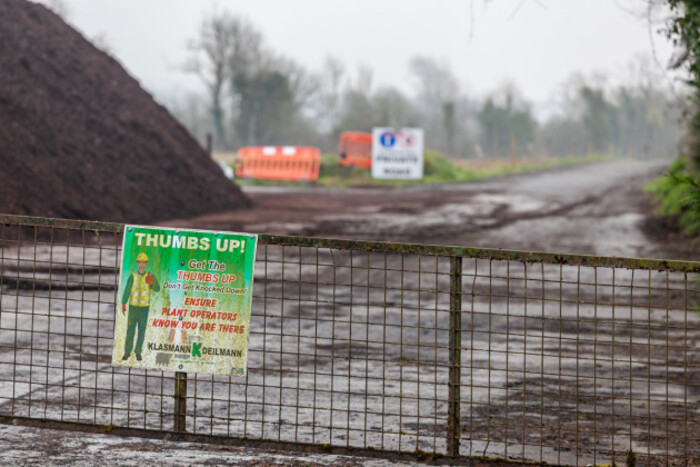 Entrance to Klasmann-Deilmann site in Co Longford
Entrance to Klasmann-Deilmann site in Co Longford
Storied history with Ireland
Klasmann-Deilmann describes itself as the leading corporate group in the international substrate industry, with sales and production companies in Europe, Asia and America.
The German company has a long and storied history in Ireland, advising the Turf Development Board in setting up its commercial operation in the 1930s, even supplying the initial equipment for the first mechanical harvesting of peat in the country.
The company has its own operation on the Westmeath-Longford border that had post-tax profits of over €525,000 in 2020 following a turnover of €15.5 million. The company owns a key peat processing plant in Ireland, and according to the EPA, also leases or has access to “significant tracts of peatland” in Tipperary.
The company previously applied for an EPA licence in 2014, however, the agency deemed it incomplete and did not accept it as a valid application. According to the agency, it held a pre-application meeting with the company in June 2019 in relation to a possible new licence application where environmental assessment requirements were discussed. However, no new licence application was made following this meeting.
The company is little known outside of the peat industry, apart from a recent foray into the media spotlight after the importation of peat from the Baltic region last September.
However, just months before this, on 23 June 2021, the EPA carried out its ninth inspection of bogs operated by Klasmann-Deilmann Ireland since August 2020 as it investigated if large-scale peat extraction was being carried out without an EPA licence.
Site inspection reports – released to Noteworthy under Access to Information on the Environment (AIE) Regulations – show that “significant peat extraction” was discovered during the first inspection on 19 August 2020 at a bog near Aghnavealoge in Longford “where the peat was being dug up by excavator” and stacked for drying.
Photos from the inspection show large sods of peat cut out of the bog, while the site inspection report states that the EPA inspectors met with Kevin Mahon, the managing director, and advised that he should contact its licensing section in relation to activities taking place.
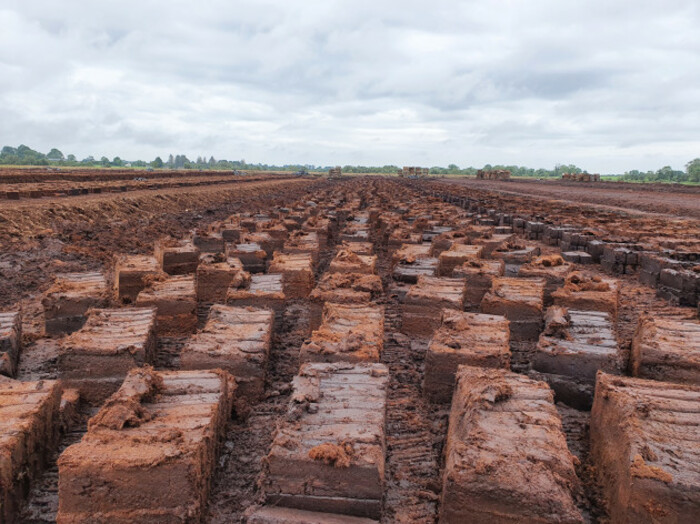 Photo taken by EPA inspector during site inspection in August 2020
Photo taken by EPA inspector during site inspection in August 2020
Peat extraction continued
During a follow up inspection on 14 September 2020, peat harvesting was taking place at the same location, with a number of people “observed to be handling (turning) peat”.
At the next inspection on 20 November 2020, the “sod peat” that the EPA witnessed being excavated during the previous site visits was covered. In a separate area, the EPA inspectors noted that drainage works were being carried out.
During an inspection in April 2021 at peatlands in Derrydooan and Newpass, the EPA noted large stockpiles of milled peat, with some peat removed by a digger and placed into lorries for transport to its processing plant nearby in Rathowen.
The inspectors also noted that significant sod peat extraction had taken place on a large area adjacent to the milled peat area. An inspection of this area in May 2021 found sod peat had recently been removed, while the top layer of peat had recently been milled over a large area.
‘Cease and desist’ order from EPA
The EPA told our investigative team that its investigation in 2020 and 2021 “confirmed that [Klasmann-Deilmann Ireland] or its agents continued to carry out peat extraction” without an EPA licence as required under national law.
As a result, the EPA issued a warning letter on 3 June 2021 instructing Klasmann-Deilmann Ireland – including agents or third parties – to “immediately cease and desist all peat extraction activities” in areas specified in the warning letter.
In the letter, the EPA said that, despite informing the company on 22 October 2020 that it was in breach of the EPA Act, “the Agency believes that KDIL [Klasmann-Deilmann Ireland Ltd] has continued its extraction activities on some or all of the aforementioned areas….. and has, it appears, even escalated the intensity of these activities in recent times”.
“KDIL ought to be fully aware that the activities it is carrying out require to be the subject of an [Environmental Impact Assessment] under EU law. Further, at least an Appropriate Assessment screening would be required [under the Habitats Directive] for the said activities,” the EPA continued.
“In the absence of such assessments, the Agency is of the view that KDIL is committing a serious and ongoing breach of EU environmental law,” the warning letter stated.
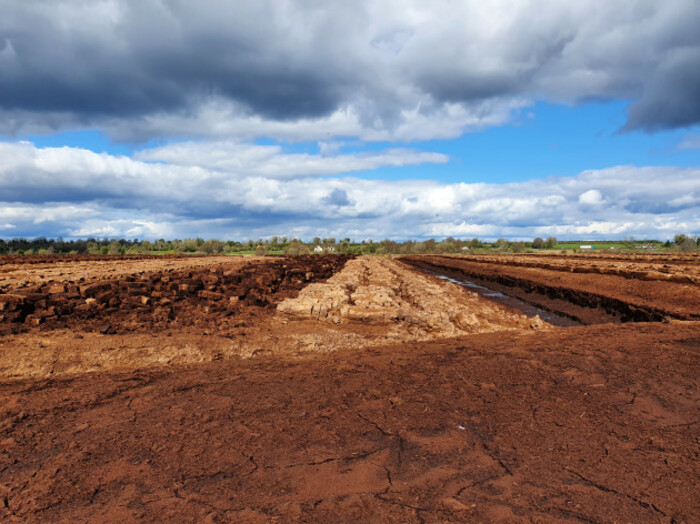 Photo taken by EPA inspector during site inspection in April 2021
Photo taken by EPA inspector during site inspection in April 2021
On 20 July 2021, the company signed a “Terms of Undertaking” with the EPA, a copy of which was released to our team, to cease milling, harrowing or excavation of peat on the investigated peatlands, as well as lands below 50 hectares owned or operated by the company.
On 17 February 2022, the EPA told Noteworthy that it will “continue to monitor the peatlands in question to determine if the undertaking is being honoured”, and that it “will immediately initiate legal proceedings” if Klasmann-Deilmann Ireland fails to adhere to the agreement.
At the end of May, the EPA confirmed to our team that it had carried out five further inspections of the company’s bogs in 2022 and “recently became aware of some activity on one of the bogs” subject to previous inspections. The agency said it is currently investigating but “cannot comment further on the matter at this time”.
We sent a series of detailed questions to Klasmann-Deilmann and Klasmann-Deilmann Ireland in relation to the EPA’s enforcement action. It did not respond to the questions raised. We previously contacted Klasmann-Deilmann in February with questions on the EPA’s findings up to that point. In a statement on 15 February, it said our queries relate to “sensitive corporate data and details” and it was “not in the position to respond to it in more detail”.
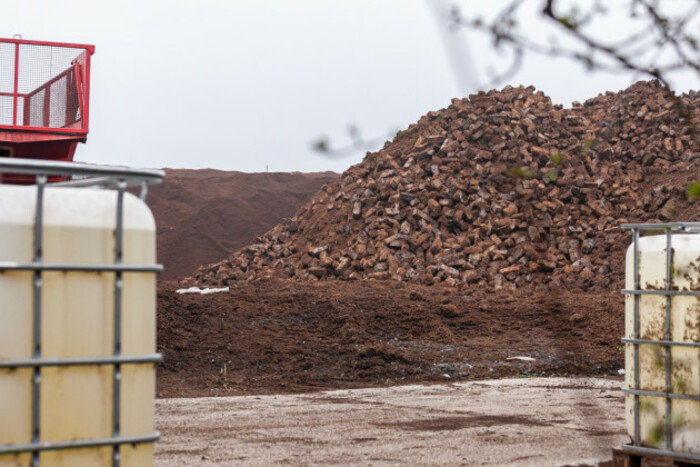 Photo of peat stockpiles at Klasmann-Deilmann processing facility in March 2022
Photo of peat stockpiles at Klasmann-Deilmann processing facility in March 2022
Other peat operators in EPA’s crosshairs
The EPA also confirmed that it is investigating the activities of 11 other operators where it believes that licensable activities – extraction of peat in the course of business in an area exceeding 50 hectares – may be taking place.
The Agency stated in its 2021 annual enforcement report that it carried out 48 inspections as it “focused its enforcement efforts” on tackling unauthorised extraction.
It confirmed to our team that it has carried out close to 30 inspections so far in 2022 on bogs operated by companies other than Harte Peat and Klasmann-Deilmann where it suspects that the operators are carrying out a licensable activity.
It said that it has instructed these other operators to cease their activities and that “the EPA will take further enforcement action if they do not undertake to cease”.
We asked for copies of all reports from site inspections on bogs operated by companies other than Harte Peat and Klasmann-Deilmann. The agency refused to release records or confirm the names of other extractors, stating that the operators “are subject to ongoing enforcement actions and the release of any records at this stage could prejudice further legal action”.
—
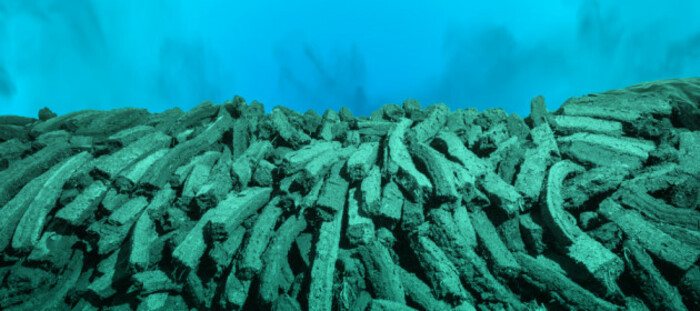
This article was written by Niall Sargent of Noteworthy. It was proposed and funded by you, our readers. This article was developed with the support of Journalismfund.eu as part of a cross-border project with TVNET in Latvia.
Noteworthy is the investigative journalism platform from The Journal. You can support our work by helping to fund one of our other investigation proposals or submitting an idea for a story. Click here to find out more >>
We also have a number of climate and biodiversity-themed investigation proposals which you can view here.


